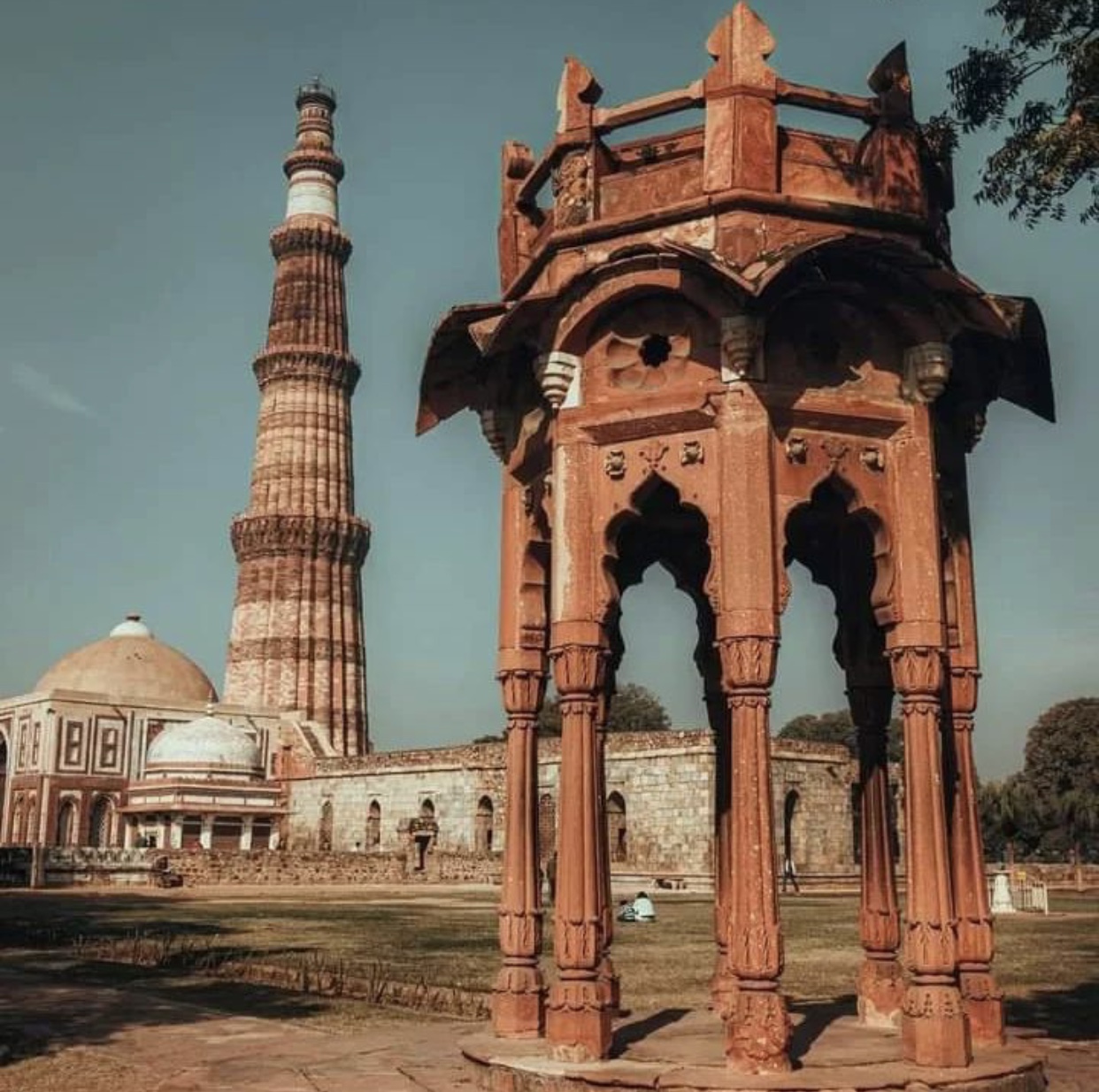Since its construction in 1215, Qutub Minar has been subjected to various natural calamities, especially lightning. We find the first record of Qutub Minar being struck by lightning in 1368, destroying the top storey of the minar. The then ruler, Sultan Firoz Shah Tughlaq ordered the restoration of the minar and replaced the fallen storey with two new floors and a cupola. Records also show minor damages being fixed by Sikander Lodi in 1503.
While it was probably affected again too but we have no records for the same until 1803 when an earthquake destroyed the cupola installed by Firoz Shah. The then British Governor-General of India, Lord Wellesly authorized a British builder, Major Robert Smithto carry out the repairs of the minar, which were completed in 1828. Smith went a little above what was asked of him, and replaced the Indo-Islamic cupola with a Bengali style chhatri!. This Hindu style chhatri looked so out of the place on a tower signifying dominance of Islamic rulers in the medieval era that Lord Hardinge, in 1848, ordered the dismantling of this chhatri and dumped it in the lawns near the Qutub Minar.
Hereafter, Smith’s architectural fallacy became Smith’s Folly!
Cover Photo: Instagram/ @jama.masjid.delhi




